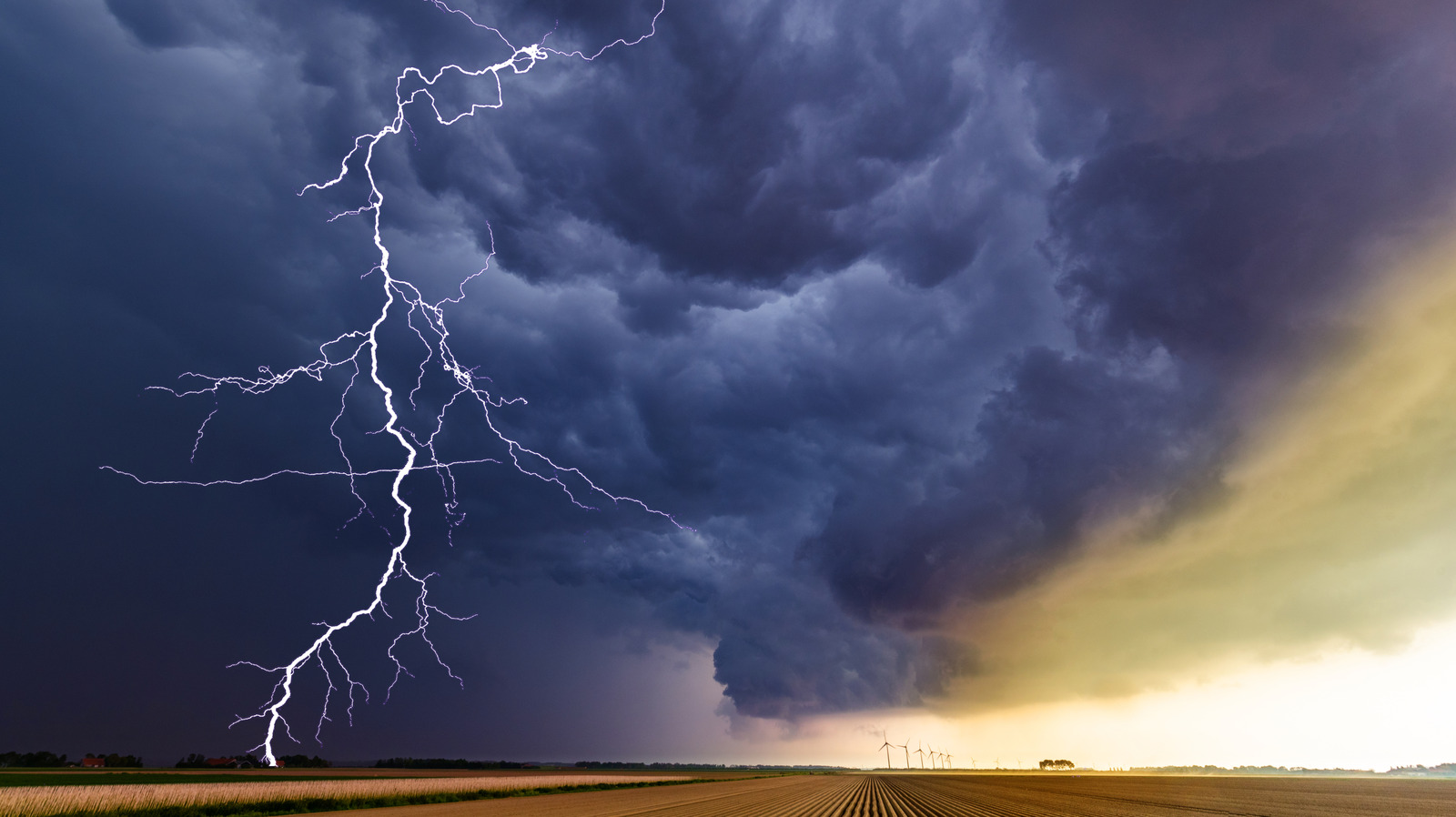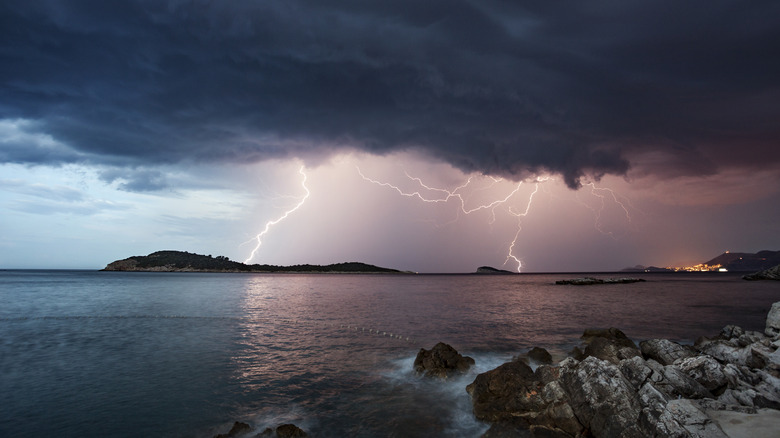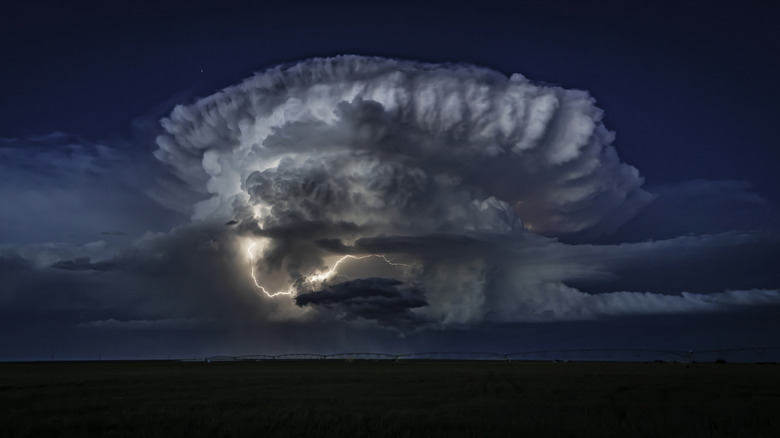As humans have co-existed with lightning for so long, many of us look at it as a fascination rather than for the danger it can pose. Thunderstorms do have their beauty, and our understanding of the weather patterns of our planet is much improved to years gone by. Therefore, we often feel safe inside our homes or driving in our cars during a storm. However, people still do get struck and killed by lightning, both indoors and outdoors.
Lightning can reach up to 50,000 degrees Fahrenheit, and lightning storms can range far and wide, sometimes striking at a distance to the sound of thunder. According to the National Weather Service, an average of 43 people died from lightning every year between 1988 and 2018. More people are injured by lightning than killed, but the injuries can be extremely severe and cause long-term disabilities.
Lightning strikes primarily affect the nervous system. The severity of the injuries depends on how exposed a person is to the strike, and how much current moves through the body. Mild injuries can include nausea, balance issues, and muscular soreness, but a more direct lightning strike can cause brain injuries, and long term chronic pain, cognitive impairment, trouble sleeping, personality changes, and depression. At its worst, lightning can cause cardiac arrest, a stroke, and internal burns. So, if you’re in a thunderstorm, what can you do to avoid these injuries?
The different ways lightning can strike you
Storms sometimes intensify faster than we are prepared for. A storm over Mudanya, Turkey was recorded to have over 100 lightning strikes in less than an hour. While being outdoors poses the greatest risk, being indoors also does too. There are five ways lightning can strike you: a direct strike, a side flash, the ground current, conduction, and streamers.
The most common cause of death and injuries to people and farm animals is the ground current. This happens when lightning strikes an object and the energy travels outward through the ground. Anyone touching this area is at risk as the ground current can enter your body. Another common way people get struck is through a side flash. This happens when lightning hits an object and then jumps into a nearby person. People standing near tall trees or electrical poles are most at risk.
Getting injured by a streamer is not very common. Streamers occur when the charge on the ground increases, and they can discharge with lightning strikes. Anyone caught in the path of a streamer can be killed or injured. Getting injured by conduction happens to people indoors. Lightning will be conducted through metal, such as faucets, showers, and anything plugged into an outlet. Another less common but very dangerous lightning strike is the direct strike. This is when lightning directly hits someone outside. It travels both along and over the skin’s surface — known as flashover — and through the body, causing burns and carrying the risk of severe injury or death.
How to stay safe from lightning
In a thunderstorm, always go indoors if you are outside, even if the thunder sounds far away. Also, since a third of lightning injuries happen to people inside, according to University Hospitals, avoid electrical equipment, faucets, doors, and windows. If you are unable to go indoors, there are some rules to follow. As ground currents are so dangerous, avoid trees, high peaks, and water. Never lie down. Crouch as low as possible and stay on your toes to minimize ground contact.
While there are individual things we can do to stay safe, there is more we can do as a community to lessen the threat of lightning. Human actions can worsen the frequency and severity of lightning storms. Research discovered that pollution from massive cargo ships may have intensified storms. Introducing pollution regulations was then able to stop lightning from striking so violently.
Deaths from lightning still happen, and the injuries it can leave you with are not worth any risk. If you hear thunder, quickly go indoors, stay away from electrical conductors, and perhaps relax by reading a book until the storm has passed.












